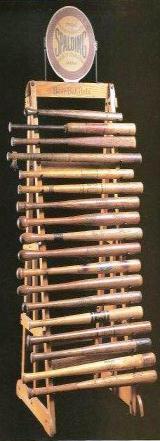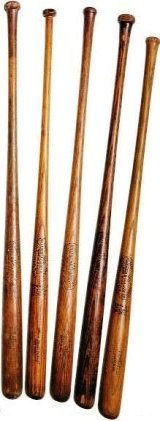WHY IS A FOUL TIP INTO THE CATCHER'S GLOVE NOT CONSIDERED AN OUT?
by Joel
(Sacramento, CA)

Joel asked:
If you catch a foul ball the runner is out no matter what the pitch count. I've noticed that if the catcher catches a foul tip..say on 3 balls and 1 strike...The batter is not out, why is that?
Rick answered: Great question Joel!
The answer lies in the technical aspects distinguishing a foul tip, from a foul ball.
The ball has to be caught by the catcher to be a foul tip. Any ball swung at and lightly contacted, if not caught by the catcher, becomes a foul ball.
Any foul tip that is caught is a strike, and the ball is in play. If it is strike one, or two, runners can steal or advance, as the ball is still in play, not foul. If it is strike three, it is a strikeout.
The situation in your question, with the count 3-1, if the catcher catches it, it becomes strike two. If there were a runner or runners on base, they could advance on the play.
Here is a situation seldom seen. Say you have a runner on first base, the batter has less than two strikes on him. The offense has the hit and run on, the runner goes on the pitch, the batter swings and foul tips the ball into the catchers glove, and he catches it.
The catcher could throw out the runner, or the runner could steal second, either is possible. The ball has stayed in play.
With the exact same situation; but this time the batter tips the ball, which hits the catcher but he doesn't catch it. Foul ball, dead ball, the runner has to come back to first.
The second example happens often, the first rarely, as foul tips are hard to come by. More often than not, that tip gets turned into a foul ball because it is not caught.
The distinction between a foul ball and a foul tip is the key to this head scratching situation, of which there are many within the game of baseball. It's one of those game within the game calls that make it so interesting.
Thanks for your question.
Yours in baseball,
Rick
|





